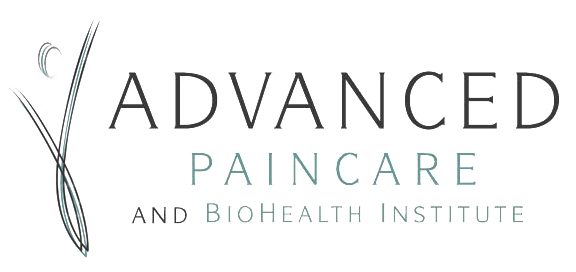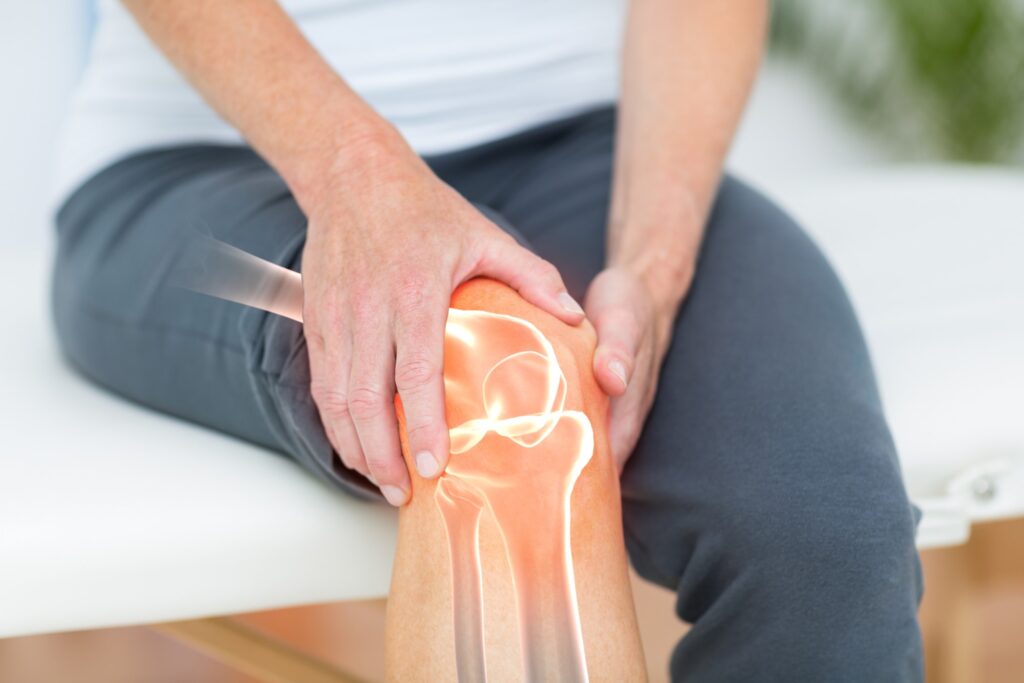Overview
As a provider of platelet and bone marrow concentrate therapy to heal damaged musculoskeletal tissues, such as arthritic joints, torn rotator cuff tendons, and chronically inflamed tendons, I am frequently asked how stem cells in bone marrow concentrate do their work. It’s a complicated issue. Stem cells have the potential to develop into different cell types, so there should be great potential to rebuild injured or aging tissues with stem cell therapy. Certainly, there is a tremendous amount of research happening on the use of stem cells to treat degenerative diseases such as Parkinsonism, diabetes, stroke, Alzheimer’s disease and orthopedic conditions. But it’s way more complex than injecting “stem cells” and healing disease.
About 30 years ago Arnold Caplan, Ph.D. authored a paper that made him famous and introduced the MCS term. He originally meant MSC to stand for mesenchymal stem cell, as these cells, grown in a lab, were able to differentiate into different mesodermal cell types, including bone, cartilage, and muscle (including the heart.) With more research in a lab, he was able to determine that these MSCs were able to repair bone, tendon, menisci, and cartilage, both by differentiating into specific cell types and by acting as a general contractor, giving commands through cytokines, that organized the repair process. However, in 2017 he authored a paper saying that he had been wrong about MSCs and asked that we change the name of these cells from Mesenchymal Stell Cell to Medicinal Signaling Cell. He stated. “I was wrong, I take back the name that I gave these hugely important cells. Call them MSCs, but please, not stem cells. “He went so far as to “take back” the name he gave these cells because, after years of research, he found that what happens in vivo (in living animals) is different than what happens in vitro (in a lab test tube or Petrie dish.) In fact, human MSCs hardly ever turn into specific tissues in vivo. They don’t function as stem cells. Instead, they seem to do their work by secreting cytokines that orchestrate a repair process. This means, we really do not provide any therapy with stem cells.
MSCs do show the ability to improve injured mesodermal (bone, muscle, cartilage) tissue. How do they do their magic? It seems that they do their work by releasing substances that attract other cells to the injury site. These cells promote new blood vessel growth and make tissue scaffolds. As this progresses, the damaged tissue is repaired, and inflammation is controlled. After a month or so, the injected cells are gone and the scaffold for rebuilding remains. Since we find these cells in bone marrow in the greatest concentration, we draw bone marrow and concentrate the MSCs in a centrifuge. Therefore, it’s bone marrow concentrate (BMAC) that is used to treat orthopedic injuries. Be aware, commercially prepared products being sold as “stem cells’ never contain live cells. Save your money.
Indications for Bone Marrow Concentrate Therapy
In my office, we most frequently use BMAC therapy to treat pain from advanced knee arthritis. There is ample evidence in published medical literature documenting the effectiveness of bone marrow concentrate injections into knee joints to reduce pain and improve knee function.
Pain from shoulder arthritis is also quite responsive to BMAC therapy.
Rotator cuff partial and full tears (not retracted) have been healed with BMAC injections.
In the above conditions, when BMAC therapy is effective, patients can forgo highly invasive knee and shoulder replacement surgery and very painful rotator cuff repair surgery. This saves a vast amount of money, shortens recovery time, gets patients back to work faster and avoids or diminishes many of the post-op complications that can occur following orthopedic surgeries, such as heart attack, heart failure and the need for a revision (second) surgery.

